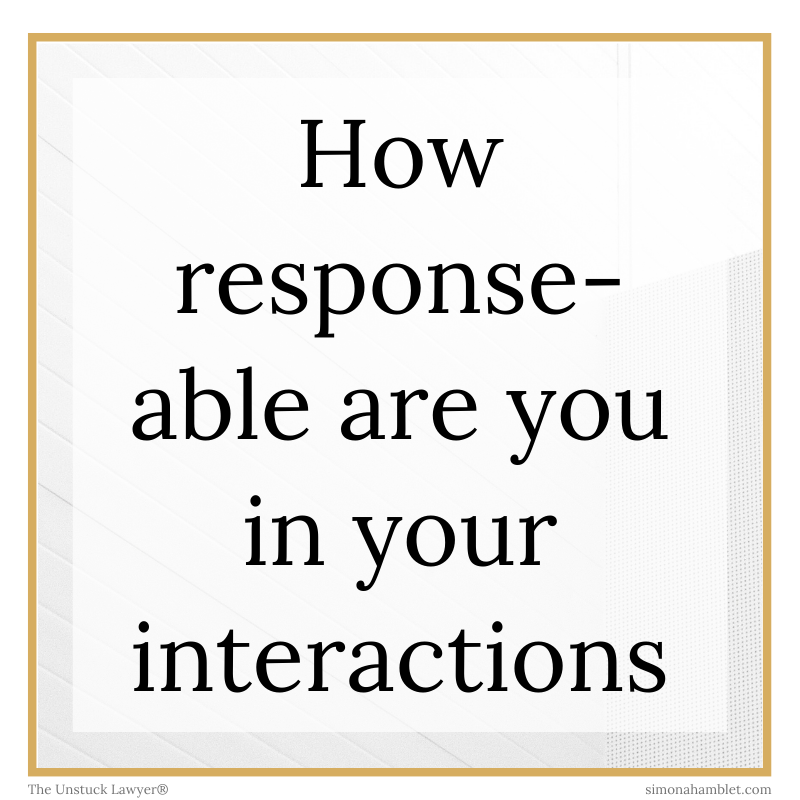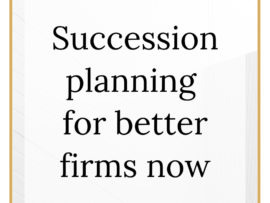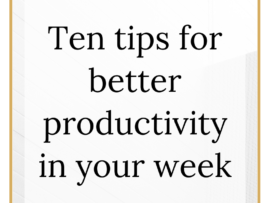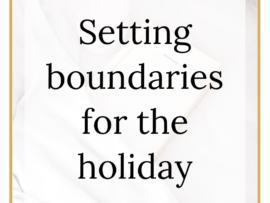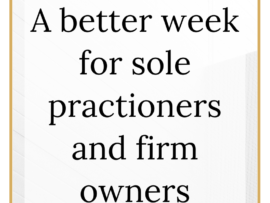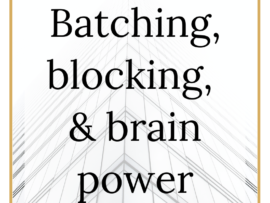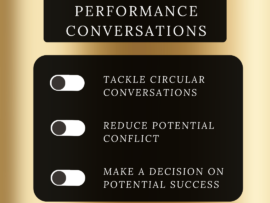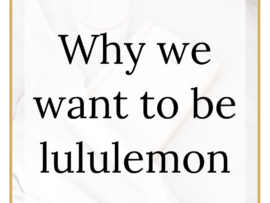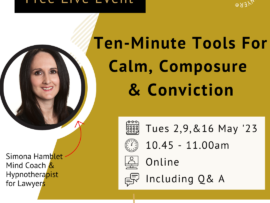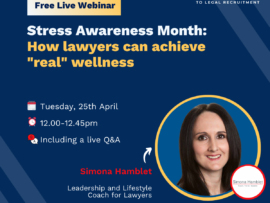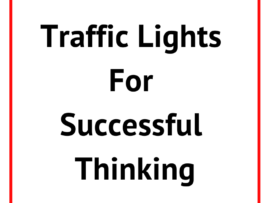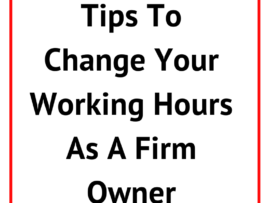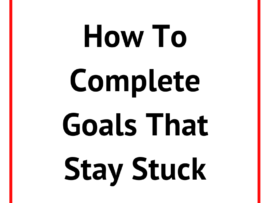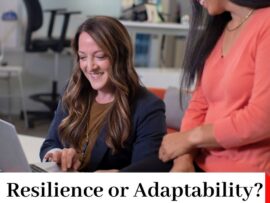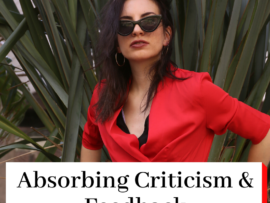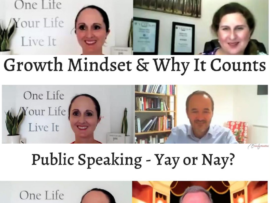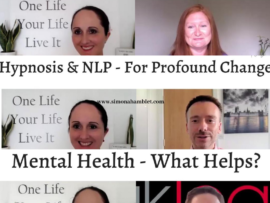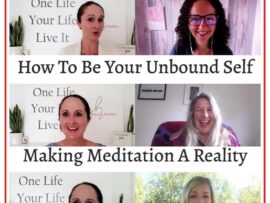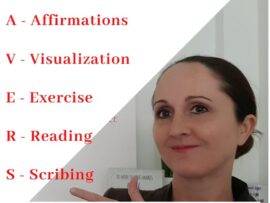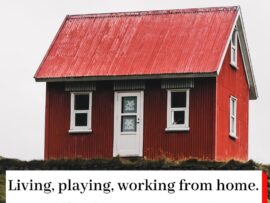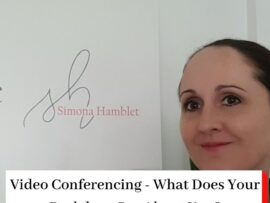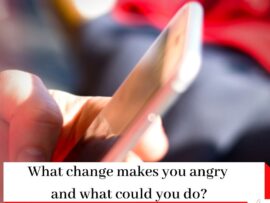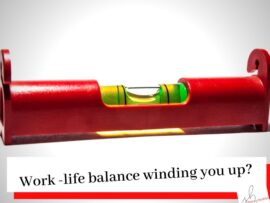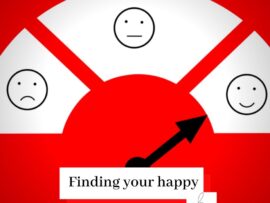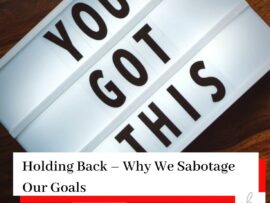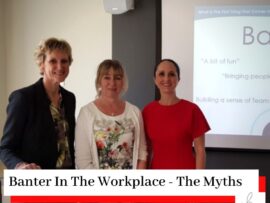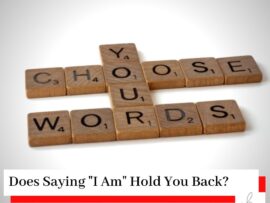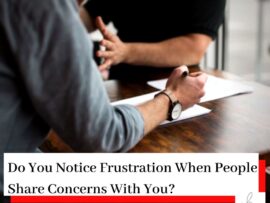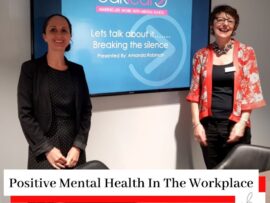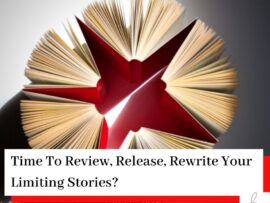Can we change the way we respond?
0 CommentsCan we change the way we respond? Are we response-able?
Do you find the your knee-jerk responses are getting in the way of how you want to be? Here is how we can start to make the changes we want, and respond in a way that aligns with who we truly are.
Response-able the meaning
A few years ago I came across a phrase in a post, and whilst it had a different focus, one word stood out. Response-able.
What a great word! I interpreted it as our ability to be ‘able’ to respond or perhaps better put, to respond ably.
Isn’t this crucial to our emotional and mental wellbeing? Including our ability to have positive interactions and relationships with each other, and ourselves.
Taking responsibility can be incredibly difficult. Making changes can be hard. However, we know how important both are, and that is the ongoing nature of personal development.
Knee-jerk responses and what to do
We have all had responses that are less than our best. The aim is to prevent those responses that have become the norm, that might cause some damage to our relationships or goals, from being repeated. To do that we need to know what the responses are, what triggers those responses, and a better response. We need to know how to have a better response and trust it is good for us.
Starting at the beginning, the three key steps are understanding:
- What are the responses and what ‘triggers’ them for you?
- Why is the change important to make?
- How to create and implement a safer response
Step one- triggers and responses
The first step is to identify what happens and what we do. Ask yourself, what are the responses and what ‘triggers them for me?
- Do you find yourself defensive and aggressive with certain types of feedback or tones?
- Do you lose your calm with certain types of niggles such as lateness?
- Do you overly criticise yourself or others on certain topics?
- Do you pass the buck when feeling blamed?
Here we need to know, what is the response, and what triggers the response in the now.
The reality is that usually we are overreacting, and it is not because of what is being said now, but what has happened in the past. What it reminds us of. Or there is a clash of an important value. That deeper understanding of the situational past is not always needed, to make the change, provided we can identify the trigger and feeling, but sometimes it can be important (see ‘closing our blindspots’ below).
Step two – why change
To do something different we often need to be clear about what specifically is our motivation to change. Is there a relationship we might damage? Is it that it does not feel aligned with who you are or want to be? Why is doing this important to you?
The more specific, and the clarity of the outcomes we don’t want, the easier it helps us to stay on track.
Step three – a different response
In knowing why it happens, and why we want to change, we then start to craft the change we want to make, and what might help. Examples might include:
- Staying calm and not saying anything – this might involve deep breathing, walking away, and ranting into a pillow/in a journal later
- Laughing it off – this might involve thinking of something comical or in some way making it seem lighter to you
- Responding from a place of logic – this might involve calm breaths, working backwards with steps, and taking the first practical action
- Changing the people around us – some people are simply not great people to be around, their approaches may also ‘rub’ off on us. We may therefore want to change or reduce the time spent with certain people
- Changing the language we use – instead of thinking how ‘awful it is’, say to yourself how this is a niggle or irritation, so to diminish the emotional response (it really does work)
Another useful approach can be to focus on how you want to feel from those interactions, and then offer that feeling to others. For example, you may have a view that certain comments/conversations make you feel unsupported and you respond harshly to this. Take a moment to consider if you offer the other person the kind of support you are looking for. If not, introduce more of it, as sometimes by letting our guard down, or leading the way, others do the same without a need to say anything. This may not be appropriate in some toxic situations.
Remember, it can take practice and tweaking to make the changes stick. I had to try different things before I found using a combination of a jovial tone in my head, whilst reducing the strength of how I described the situation, was often the best internal response for many things. For other specific situations, I had to focus on ensuring I was giving what I wanted to receive, which required some vulnerability to potential hurt.
To summarise changing our response:
- Notice the trigger
- Notice the response
- Determine the why for change
- Choose a lesser response
- Tweak as you go
We cannot change another person, only our response, and whilst that sometimes can change their behaviours, it is not the intended outcome.
Closing our blindspots
Despite good intentions, we may not immediately be able to put the finger on what the challenge is, the trigger, or why we struggle to make the change.
Sometimes we can create that awareness, through reading relevant books or watching videos. Meditation, reflection journalling, or talking to a friend can prompt new insights. Other times we need more support, usually a third party, such as a coach, counselor, or mentor (depending on the scenario) to help us discover our blind spots. That is why they are called blind-spots after all.
Again, a gentle reminder that it can take time to make a change, often reviewing what happened when the change didn’t work, and tweaking, until it becomes the new norm.
Why put in the effort
Ultimately, it always has to be a personal choice. Change takes effort, but for most we are moving towards responding in a way that we prefer, a way that is more aligned with how we want to be, how we want to show up, and how we want to be remembered.
Good luck with your journey and becoming even more response-able!
If I can assist you with that, please get in touch. Coaching can create amazing change for individuals in their personal or business lives, either where people have found themselves stuck, or they want to make the whole process easier. You can find out more by booking a video call here.
Simona
